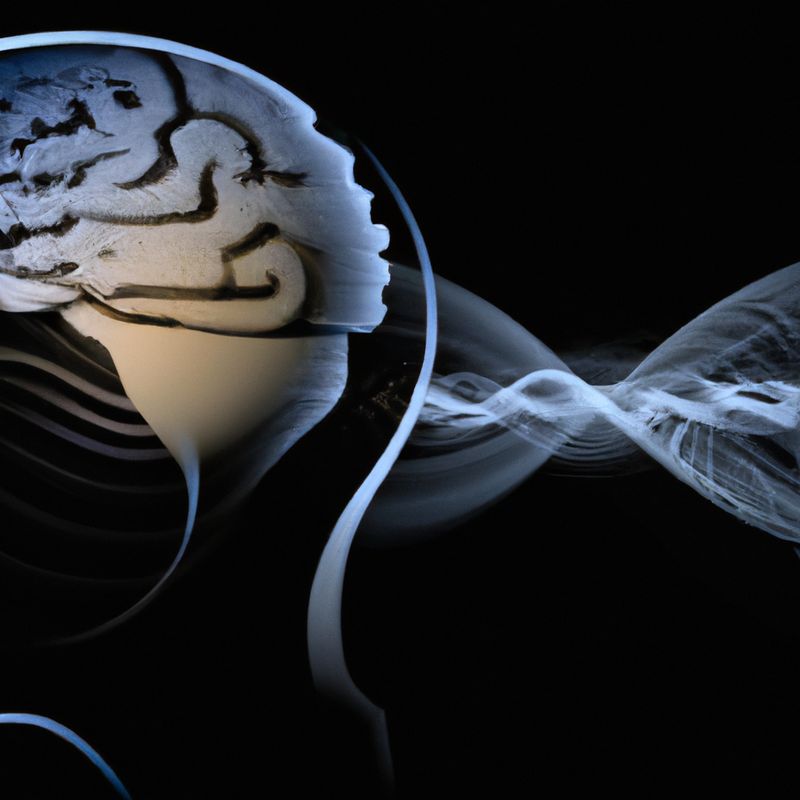Generative Artificial Intelligence and Data Analytics

In today’s world of digital transformation, businesses are increasingly turning to generative artificial intelligence (AI) and data analytics to gain a competitive edge. Generative AI is a type of AI that uses algorithms to generate new data, such as images, text, and audio. Data analytics is the process of collecting, organizing, and analyzing data to gain insights and make better decisions. By combining these two powerful technologies, businesses can gain valuable insights into their customers, operations, and products.
What is Generative AI?
Generative AI is a type of AI that uses algorithms to generate new data. It can be used to create images, text, audio, and other types of data. Generative AI algorithms are trained to recognize patterns in existing data and use them to create new data. For example, generative AI can be used to generate images from existing photographs or create text from existing documents.
What is Data Analytics?
Data analytics is the process of collecting, organizing, and analyzing data to gain insights and make better decisions. Data analytics can be used to identify trends, understand customer behavior, and optimize business processes. Data analytics can also be used to identify opportunities for improvement and develop strategies for growth. By combining data analytics and generative AI, businesses can gain valuable insights into their customers, operations, and products.
How Can Generative AI and Data Analytics Work Together?
Generative AI and data analytics can be used together to create powerful insights and strategies for businesses. For example, generative AI can be used to generate images from existing photographs, which can then be analyzed using data analytics to identify patterns in customer behavior. Similarly, generative AI can be used to generate text from existing documents, which can then be analyzed using data analytics to gain insights into customer sentiment and preferences. By combining generative AI and data analytics, businesses can gain powerful insights into their customers, operations, and products.
Benefits of Generative AI and Data Analytics
Generative AI and data analytics offer a number of benefits for businesses. By combining these two technologies, businesses can gain valuable insights into their customers, operations, and products. Generative AI and data analytics can also be used to identify opportunities for improvement and develop strategies for growth. Additionally, generative AI and data analytics can be used to automate processes, reduce costs, and increase efficiency. Finally, generative AI and data analytics can be used to create personalized experiences for customers, which can lead to increased customer loyalty and satisfaction.
Conclusion
Generative AI and data analytics are powerful tools for businesses looking to gain a competitive edge. By combining these two technologies, businesses can gain valuable insights into their customers, operations, and products. Generative AI and data analytics can also be used to identify opportunities for improvement and develop strategies for growth. Additionally, generative AI and data analytics can be used to automate processes, reduce costs, and increase efficiency. Finally, generative AI and data analytics can be used to create personalized experiences for customers, which can lead to increased customer loyalty and satisfaction.